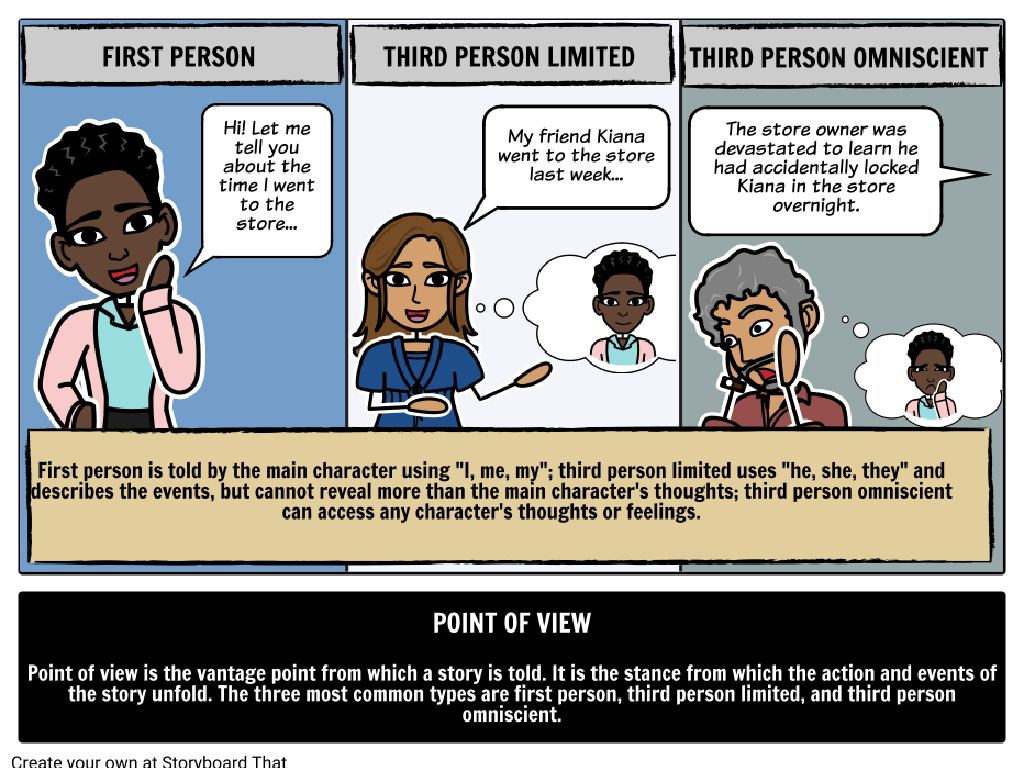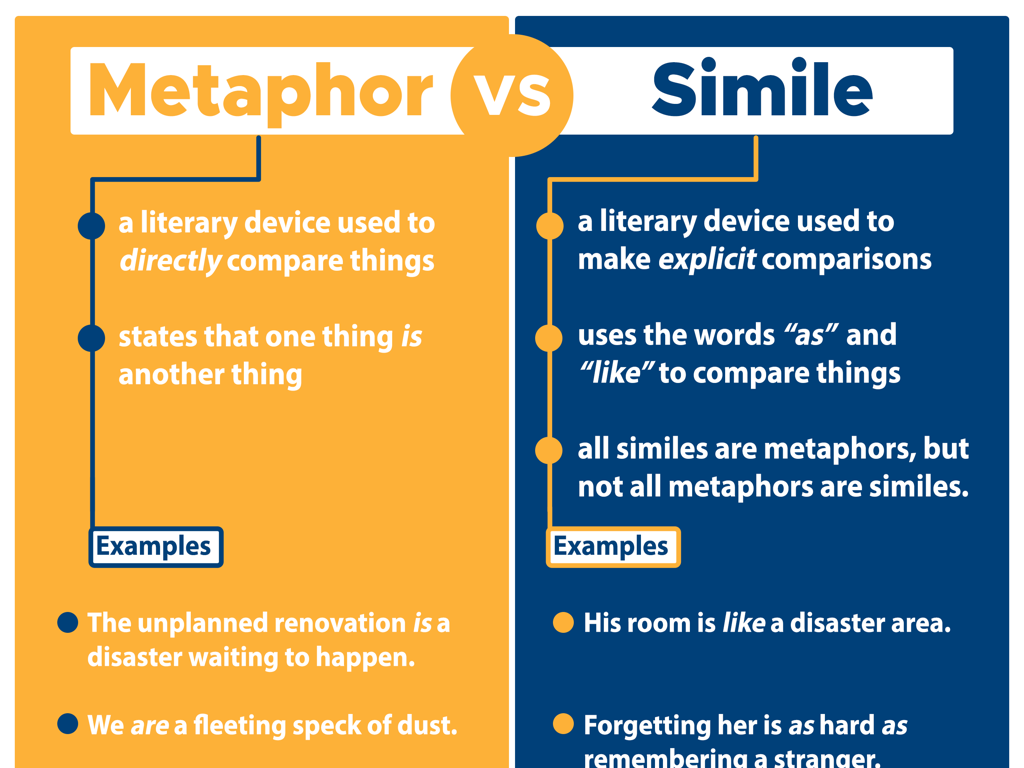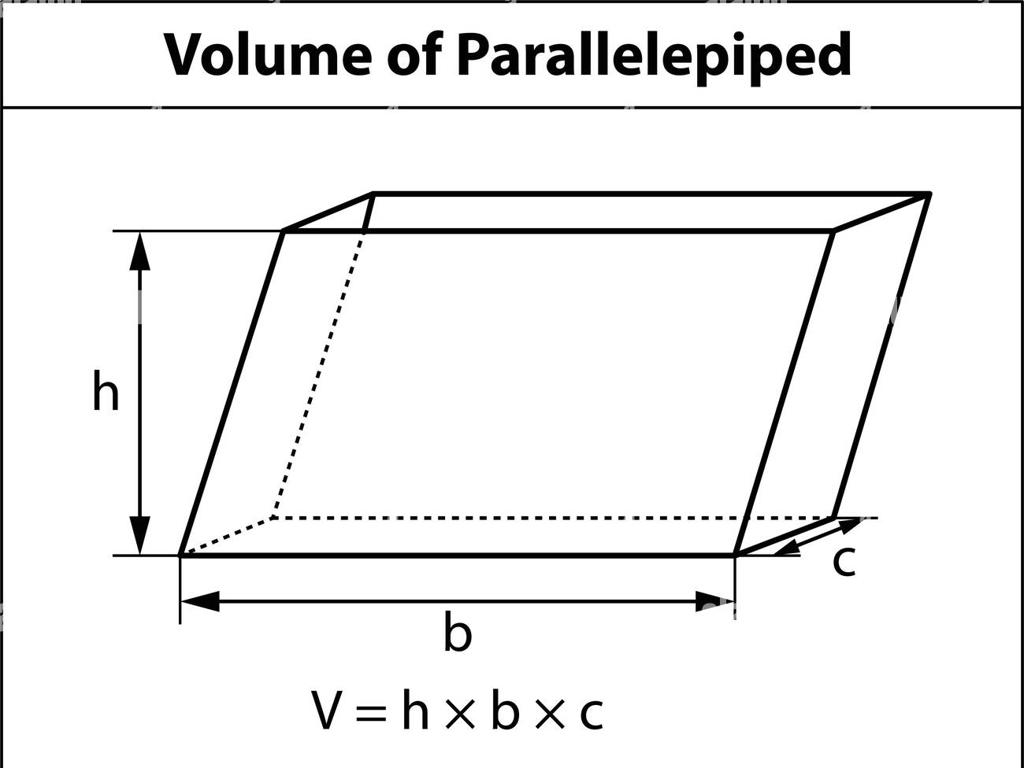Learn To Count - Up To 3
Subject: Math
Grade: Pre-k
Topic: Counting To 3
Summary: This fun Pre-K math presentation introduces children to counting numbers 1 through 3 using engaging visuals, finger play, and movement activities. Students learn to associate numbers with real-world objects through hands-on tasks like treasure hunts, clapping, and jumping. With picture-based counting and interactive games, children build foundational number sense while developing confidence. Each step reinforces early math concepts in a playful, age-appropriate way that supports early learning standards.
Please LOG IN to download the presentation. Access is available to registered users only.
View More Content
Welcome to Counting!
– Greetings little mathematicians!
– Today’s focus: Learning about numbers
– Showing one finger represents number 1
– When we hold up 1 finger, it means the number 1
– Counting up to number 3
– After 1 comes 2, then 3. Let’s count together!
|
This slide is designed to introduce Pre-K students to the concept of counting. Start the lesson with a warm and engaging greeting. Explain that numbers are all around us and today we will focus on the numbers 1, 2, and 3. Demonstrate counting by showing one finger and explaining that this represents the number 1. Encourage the children to do the same. Then, guide them to count up to 3, using their fingers to represent each number. The goal is to make the session interactive and fun, allowing the children to visually and physically engage with the concept of counting. Prepare to lead them through counting exercises and possibly incorporate a song or a game to reinforce the numbers 1, 2, and 3.
Learning Number 1
– Starting with number one
– One means alone
– One is unique, nothing else with it
– Find one toy
– Look around to pick any single toy
– Number one is special
|
This slide introduces the concept of the number one to Pre-K students. Emphasize that one is the beginning of counting and represents a single item. Use clear and simple language to explain that when we say ‘one,’ we mean just one object by itself, with no other objects included. Encourage the children to look around the classroom and pick out any single toy, which will help them associate the concept of ‘one’ with real-world objects. Reinforce the idea that the number one is special because it is the start of all counting. You can use physical objects or visual aids to illustrate the concept effectively.
Learning the Number 2
– Understanding the number 2
– Number 2 is one and then another one!
– Two means one plus one more
– If you have a toy and get one more, now you have two.
– Let’s clap our hands twice
– Clap once, then clap again – that’s two claps!
|
This slide is focused on teaching Pre-K students the concept of the number 2. Start by explaining that 2 is the number that comes after 1. Use simple language and concrete examples, like holding up one finger and then another to visually represent the number. Encourage the children to participate by clapping their hands twice to physically engage with the concept of ‘two’. This kinesthetic activity helps reinforce their understanding of the number. Be prepared to demonstrate and guide the students through the activity, ensuring they can identify and count to two. Praise their efforts to build confidence.
Learning the Number 3
– Understanding the number 3
– Counting to three: 1, 2, 3
– Start with 1, then say 2, and add one more to reach 3
– One more after two is three
– After counting to two, we add one more to get three
– Let’s jump three times together!
|
This slide is aimed at helping Pre-K students recognize and understand the number 3. Begin by explaining that three is the number that comes after two. Use visual aids like three apples or three blocks to illustrate the concept. Encourage the children to count along with you from one to three. Then, engage the students in a physical activity by asking them to jump three times, counting each jump out loud. This kinesthetic activity helps reinforce their understanding of the number three through movement. Make sure to provide positive feedback and celebrate as they successfully count and jump three times.
Counting Together Up to 3
– Let’s count: 1, 2, 3
– Start with 1, then say 2, and next is 3!
– Use pictures for counting
– Look at images that show 1 apple, 2 apples, then 3 apples.
– Add one more each time
– First count 1, then add another to make 2, finally add one more to have 3.
– Practice makes perfect
|
This slide is designed to introduce Pre-K students to the concept of counting up to 3. Start by engaging the students in a fun counting activity where they count aloud from 1 to 3. Use visual aids such as pictures or objects to help them associate the numbers with quantities. Each time they count, emphasize the addition of one more item to help them understand the concept of incrementing numbers. Encourage repetition to help solidify their understanding. The goal is to make them comfortable with counting small numbers and recognizing them visually and numerically.
Let’s Practice Counting Up to 3!
– Time to practice counting
– Look at the pictures carefully
– Use your fingers to point at each item as you count
– Tell me how many items you see
– If you’re unsure, we can count together
– Remember, count no more than 3
|
This slide is designed to engage Pre-K students in a counting activity. Display various pictures with different numbers of objects, ensuring that none exceed three. Encourage the children to count out loud and use their fingers to point at each item as they count. This tactile approach helps reinforce their counting skills. For children who may struggle, count along with them to provide support. The goal is to build their confidence in counting up to three. Possible activities include counting blocks, stickers, or shapes. Each child can have a turn, and variation in objects will keep the activity interesting. Praise their efforts to foster a positive learning environment.
Counting Fun: Treasure Hunt
– It’s activity time!
– Join the counting treasure hunt
– Search around for any 3 items
– Find items to count up to 3
– Could be blocks, crayons, or toys
– Show and tell your findings
– Share what you found with the class
|
This slide introduces a fun and interactive counting activity for Pre-K students. The objective is to engage them in a treasure hunt within the classroom where they must find and count different items, but only up to the number 3. This helps reinforce their counting skills in a playful and tangible way. Teachers should prepare the classroom with various objects that are easy to count and ensure there are enough items for all students. Possible activities include counting colored blocks, crayons, or soft toys. After the hunt, each student will have the opportunity to present their findings to the class, further reinforcing their counting skills and building their confidence in number recognition. The teacher should guide the students through the activity, offering help and encouragement as needed.





